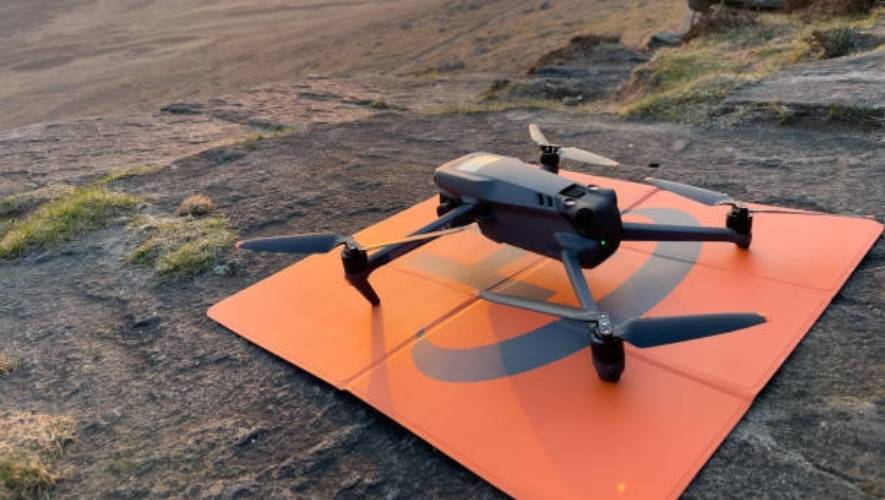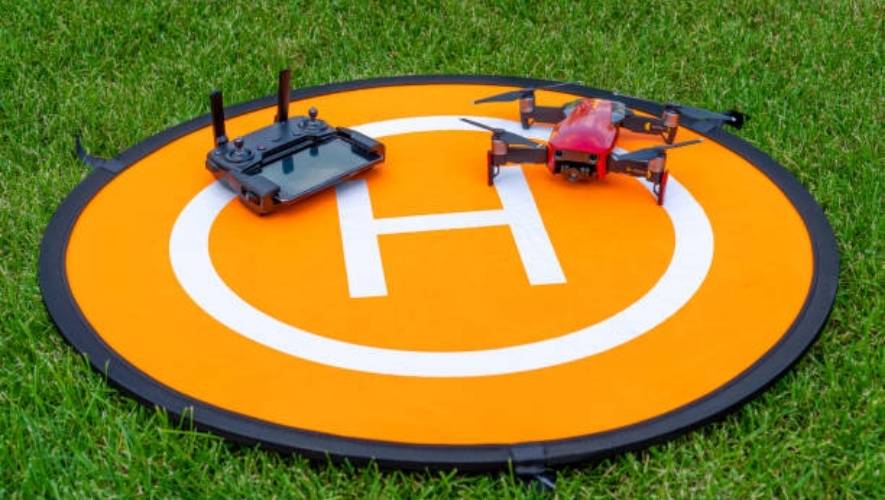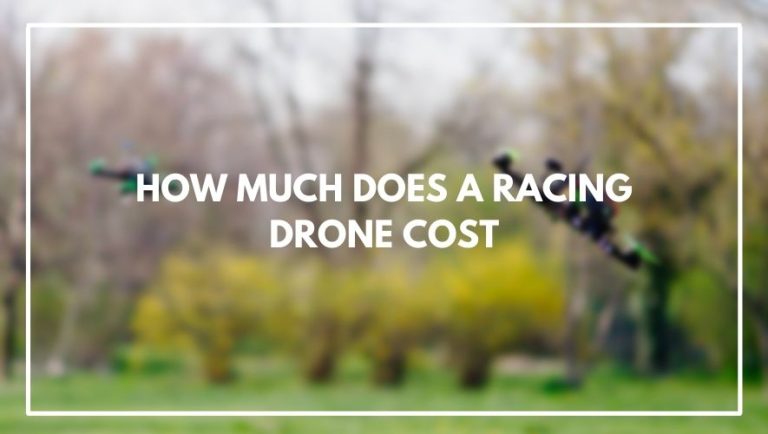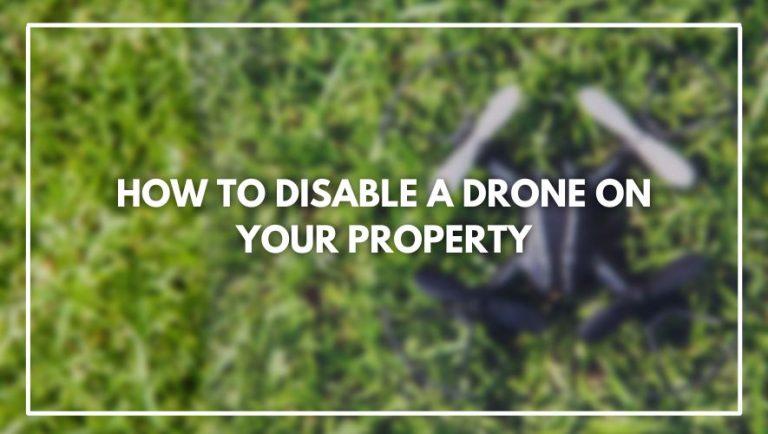As the popularity of drones continues to grow around the globe, many people are looking for ways to safely and effectively land their equipment. The versatility of these aircraft means that some owners might only use them for aerial photography. But for others, it’s become a hobby — and depending on how often you pilot your drone, you might need a drone landing pad in your backyard.
Why Landing Pad Is Important?
You might think a drone landing pad is not worth the extra money, but the cost of replacing your drone’s propellers or camera gimbal can really add up. A good quality landing pad will protect your drone from dirt, sand and dust so its electronics last longer.
Here are some other reasons why a drone landing pad is important:
- It’ll help you land more accurately on every flight.
- It makes it easier to find your location if you have to launch immediately after landing due to an emergency.
- If it starts to rain mid-flight, you won’t need to worry about water damaging your equipment.
Different Styles Of Landing Pad
If you are looking to get a landing pad, there are many options you can choose from:
- Mat style drone landing pads: These are the most common types of landing pads. They vary in size and price range, but they usually come in around $20-$30. These consist of a non-slip mat with a picture printed on it that is meant to help the user identify their home position when up in the air.
- Folding style drone landing pads: This is another very common type of drone landing pad. These usually run at an intermediate price point and typically come apart into three or four sections so that they can be folded up for transport or storage. The benefit of these over a mat style is that they fold up much smaller, but they tend to be more expensive and less durable than the mat styles.
- Hardshell style drone landing pads: This is by far the most expensive type of drone landing pad, but it comes with its benefits as well. They offer great durability since they are made out of hard plastic, and the shell protects your drone from damage if you tip over in windy conditions (as long as you don’t fall off of whatever platform your using). They also have increased visibility thanks to built in LED lights that can be turned on for extra sight at night time or low light conditions.
Mat Style Landing Pad

The mat style drone landing pad is probably the most common type of landing pad. These consist of a large circle with a smaller, inner circle and perhaps a pointer for directional orientation. The outer edges can be marked with the alphabet or compass directions.
The whole thing folds up into a relatively small package that is easy to transport, store, and deploy when needed. They are available in different sizes and often come in bright colors so that they can easily be seen from the air.
This style of landing pad works best on flat surfaces where there may not be much room for an actual helipad. Mat type landing pads are also great for amateur pilots who have just started flying drones or other RC aircraft because they don’t take up too much room to practice on.
They are generally more affordable than other types of landing pads and can be used on almost any surface which makes them very versatile.
What To Look For Before Buying A Landing Pad

Ensure Clear Reflection Of Light
You have to be able to see the pad from far away, which is why it’s important for the light to be bright enough so that you can see it during the day and at night.
Also, you don’t know what kind of angle your drone will be coming from, so ideally, you’ll want a landing pad that reflects light very well in all directions and under any weather conditions.
Landing Pad Protection From Weather Elements
This is one of the most important things you need to consider when buying a drone landing pad. For example, you need to consider whether it will be used in the rain, snow, and so on. Some landing pads have a waterproof coating while others do not.
You should get one with a waterproof coating since this will ensure that it is protected from all types of weather conditions. It also means that you won’t have to worry about getting wet if the pad gets wet during usage.
Check The Size Of The Landing Pad
The size of the landing pad is an essential thing to check before buying one. The drone that you have should be able to land on it.
The landing pad comes in different sizes and shapes, so you can choose the right one based on your requirements and needs. You need to make sure that it is large enough to fit your drone when it lands on it or takes off from it.
Check Compatibility Before Buying
When it comes to owning a drone landing pad, you want to make sure it’s compatible with all your drones. If it is not, then you’re going to need a whole landing system if you have more than one drone.
If you’re just starting out and only have one drone then this may not be a problem. But as your collection grows, so will the size of your drones!
So when it comes to choosing the best landing pad for your needs, make sure that any product you buy is compatible with at least three or four different sizes of drones. This way when buying extra pads in the future they can all still fit into one carrying case for easy storage and transportation!
- If you are getting a drone landing pad, make sure it is compatible with your drone.
- The size of the landing pad should be large enough for your drone to land safely on. For example, if you have a DJI Phantom 4 or a Mavic Pro, then the landing pad should be at least 83 centimeters in diameter so that it can fit comfortably.
- Some drones have waterproof casing that allow them to land in water without risk of damage. However, if your drone does not have this feature, then you could use the landing pad to protect it from water damage when flying over bodies of water like lakes and rivers.
Check Portability
No matter what type of drone landing pad you choose, you will have to make sure it is portable. This can be accomplished in many ways. Some folding landing pads are very easy to pack up, while others are lightweight and can be folded into a small size.
Landing pads that come with straps or handles allow you to easily carry them around if they fold up, too. Smaller landing pads are also much easier to pack up when not in use than bigger ones.
Drone landing pads are usually carried around by drone users. Thus, you need to check the weight and size of the landing pad and its carrying case so that it’s convenient for you to carry them during your outdoor activities.
Sometimes a drone user needs to fold the landing pad and put it inside another bag before he starts his journey; therefore, you need to check the material that is used in the making of the folding landing pad because some materials are fragile and can get damaged easily during use.
You also need to check if it’s easy for you to fold and unfold the landing pad, as well as its weight and size when folded.
Consider The Usage Frequency
It is important to consider your frequency of use before buying a drone landing pad. For example, if you are using your drone only a few times per month, you can get away with cheaper alternatives such as simple foam landing pads.
But if you are using your drone weekly, you should consider more durable options such as high-quality foam or rubber landing pads.
Check The Material
Regularly inspect the material of your landing pad for any signs of damage. If you notice tears, fraying, or any kind of wear and tear on your landing pad, then it’s time to replace it immediately.
Only buy a landing pad made with a durable material that can stand up to constant use and exposure to the elements. The material should also be resistant water damage and easy to clean in the event that it gets dirty.
The best materials are usually made from oxford cloth or polyester fabric because these materials are waterproof, lightweight and easy to fold into a compact size when not in use.
Benefits Of Drone Landing Pad

There are many advantages of using Landing Pad. They are as follows:
Ensure Safe Landing Of Drone
A drone landing pad is not a requirement for owning or operating a drone. However, it can be an invaluable asset for beginners and experts alike.
Having a dedicated landing pad will protect your drone from damage that could be caused by landing on uneven surfaces. And, in the case of an accident like a missed approach, it gives you a safe place to land your aircraft.
It’s also important to remember that most drone pilots are required by law to maintain line-of-sight with their aircraft at all times. Having a large visual reference point like a bright colored landing pad helps ensure you don’t lose track of your UAV among the trees or clouds when flying long distances from home.
Land Softly
The drone landing pad will allow your drone to land on a soft surface that is large enough and made from a material that absorbs some of the impact. This means that the drone does not need to land on a flat surface which will make it land more softly.
Help You Find Your Way Home
In most cases, the drone landing pad is used to help you find your way home. Sometimes it’s easy for you to get lost in the deep forest or dense woods and forget how to get back home. Once you lose track of your path, it can be challenging for you to find a way out of the wilderness.
The highlighted landing pad allows you to use the drone itself as a navigation tool that will help guide you safely back on track and get you safely back home!
Reduce Grass Stains
Would you like to maintain your drone in pristine condition? If so, then you need to get a drone landing pad. It will help reduce grass stains on your drone. In fact, it will also help reduce dust and dirt from getting into the sensitive parts of your drone.
A clean drone is easy to maintain and will serve you for longer compared to one that is always dirty. This means that in addition to reducing grass stains, a drone landing pad will also significantly cut down on cleaning costs since it is easy to clean compared to cleaning the entire machine after every flight session.
Maintain The Drone
Helping maintain the quality of your drone is an important task to ensure safe and efficient flights. After all, the more the drone gets damaged, the more costly it will be to get it repaired. One of the best ways to avoid this, other than protecting it from accidents, is by making sure that it stays clean and free from dust.
A landing pad is one great way to keep dirt away from your drone as well as protect its body and camera when you are landing or lifting off. When you are not using your landing pad, you can easily fold it up and place in a protective case so that it does not get dirty or damaged in any way either.
Conclusion
If you’re a semi-professional or professional drone photographer/videographer, then I highly recommend investing in at least a portable landing pad.
A good-sized landing pad will allow you to capture full 360° panoramic shots that would otherwise be impossible to do with just the ground. It will also improve your safety, and help you keep your expensive drone in one piece.
Frequently Asked Questions (do You Need A Drone Landing Pad)
What Is A Drone Landing Pad?
A drone landing pad is a flat surface used to safely land drones. It’s also known as a drone pad, or simply, landing pad.
Landing pads can be useful for many reasons. The biggest reason to have one is safety: landing your drone on the ground can result in damage to propellers and rotors, which will make your flying experience less enjoyable.
In addition, if you live in an area where it rains regularly (or even occasionally), you don’t want your drone sitting outside exposed to the elements! A good place for your drone should be indoors where it will stay dry and safe from damage by other people or pets who might bump into it while running around outdoors.
With regards to convenience, keeping your quadcopter indoors means that you won’t have any problems finding places near airports where there are restrictions on flying drones near populated areas like parks without permission from officials first — since most people don’t want their privacy infringed upon when using public spaces like this anyway!
How Do I Set Up My Landing Pad?
The pad is designed to be rolled out as soon as you receive it and then used immediately. It can be placed on a flat surface, such as a table or floor.
To set up your landing pad, place the folded pad on a flat surface with the logo facing you. Make sure to put it in an area that has plenty of space for the drone to land safely when it returns home from its flight.
Next, turn on your drone and move it within line of sight of the landing pad until you see that both devices have begun communicating with each other (you may hear sounds from both devices).
Now all you need do is tap ‘Take Off’ in DJI GO 4 app or Mimo application and watch as your Spark lifts off! Once airborne, flip over so its camera points down toward Earth’s surface—this will help ensure proper alignment when touching down again later on during autonomous return-to-home mode.
How Should I Use My Landing Pad?
The landing pad is meant to be used as a landing pad, not as a takeoff pad. You can use it in any level area that has an open area around it.
The drone should be free of obstructions, including people and animals—and especially power lines! Be sure to use common sense when deciding where to operate your drone.
What Size Drones Are Compatible With The Landing Pad?
The landing pad is compatible with all drones, but it does not include the drone. The recommended size of the drones that can use this pad are 250mm to 350mm. These drones include:
- Hubsan H501S X4 Drone
- DJI Phantom 4 PRO Drone
How Should I Maintain My Landing Pad?
Your landing pad should be cleaned regularly to ensure the best performance and maximum flight time.
- Wipe down with a damp cloth after each use. Don’t use harsh chemicals or high temperatures to clean your landing pad, as this can damage the protective layer of materials surrounding the foam core.
- Don’t expose your drone landing pad to direct sunlight for long periods of time, as it will affect how well your drone lands on it and could lead to your drone overheating (and therefore causing damage).
- Don’t use the surface of your drone landing pad as a work surface; if you need an extra flat surface, simply lay out some cardboard or other material that is large enough to support whatever object you are working with at that time so that you don’t scratch up and dirty up your valuable investment!






